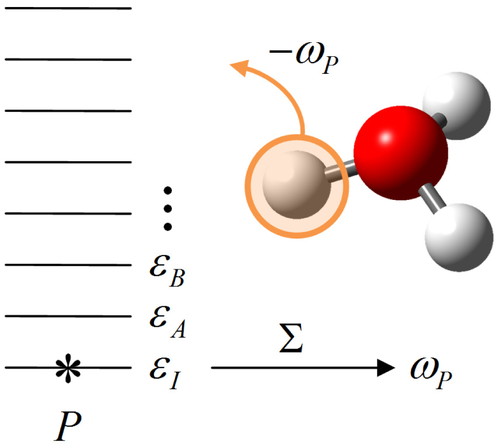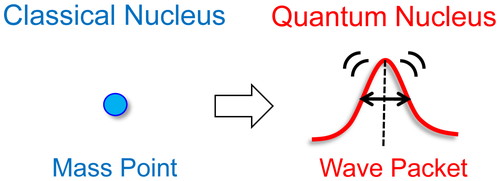Volume 15, Issue 5
Special Issue: Quantum Hydrogen in Science
Displaying 1-15 of 15 articles from this issue
- |<
- <
- 1
- >
- >|
Foreword
-
2016Volume 15Issue 5 Pages A51
Published: 2016
Released on J-STAGE: December 27, 2016
Download PDF (330K) Full view HTML
Special Contribution
-
2016Volume 15Issue 5 Pages A52-A54
Published: 2016
Released on J-STAGE: February 13, 2017
Download PDF (397K) Full view HTML
Accounts
-
2016Volume 15Issue 5 Pages 119-123
Published: 2016
Released on J-STAGE: December 27, 2016
Advance online publication: September 28, 2016Download PDF (1247K) Full view HTML -
2016Volume 15Issue 5 Pages 124-135
Published: 2016
Released on J-STAGE: December 27, 2016
Advance online publication: December 23, 2016Download PDF (3670K) Full view HTML -
2016Volume 15Issue 5 Pages 136-142
Published: 2016
Released on J-STAGE: December 27, 2016
Advance online publication: December 08, 2016Download PDF (1415K) Full view HTML -
2016Volume 15Issue 5 Pages 143-147
Published: 2016
Released on J-STAGE: December 27, 2016
Advance online publication: December 23, 2016Download PDF (612K) Full view HTML -
2016Volume 15Issue 5 Pages 148-154
Published: 2016
Released on J-STAGE: December 27, 2016
Advance online publication: October 26, 2016Download PDF (1173K) Full view HTML -
2016Volume 15Issue 5 Pages 155-162
Published: 2016
Released on J-STAGE: December 27, 2016
Advance online publication: October 28, 2016Download PDF (1289K) Full view HTML -
2016Volume 15Issue 5 Pages 163-169
Published: 2016
Released on J-STAGE: December 27, 2016
Advance online publication: December 23, 2016Download PDF (3448K) Full view HTML
Reviews
-
2016Volume 15Issue 5 Pages 170-176
Published: 2016
Released on J-STAGE: December 27, 2016
Advance online publication: November 25, 2016Download PDF (2376K) Full view HTML -
2016Volume 15Issue 5 Pages 177-183
Published: 2016
Released on J-STAGE: December 27, 2016
Download PDF (1792K) Full view HTML -
2016Volume 15Issue 5 Pages 184-191
Published: 2016
Released on J-STAGE: December 27, 2016
Advance online publication: December 23, 2016Download PDF (1282K) Full view HTML
General Papers
-
2016Volume 15Issue 5 Pages 192-198
Published: 2016
Released on J-STAGE: December 27, 2016
Advance online publication: September 28, 2016Download PDF (1361K) Full view HTML -
2016Volume 15Issue 5 Pages 199-202
Published: 2016
Released on J-STAGE: December 27, 2016
Download PDF (563K) Full view HTML -
2016Volume 15Issue 5 Pages 203-209
Published: 2016
Released on J-STAGE: December 27, 2016
Download PDF (1533K) Full view HTML
- |<
- <
- 1
- >
- >|










